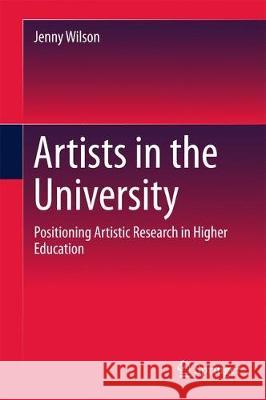Artists in the University: Positioning Artistic Research in Higher Education » książka
topmenu
Artists in the University: Positioning Artistic Research in Higher Education
ISBN-13: 9789811057731 / Angielski / Twarda / 2017 / 229 str.
Artists in the University: Positioning Artistic Research in Higher Education
ISBN-13: 9789811057731 / Angielski / Twarda / 2017 / 229 str.
cena 443,82
(netto: 422,69 VAT: 5%)
Najniższa cena z 30 dni: 424,07
(netto: 422,69 VAT: 5%)
Najniższa cena z 30 dni: 424,07
Termin realizacji zamówienia:
ok. 22 dni roboczych
Bez gwarancji dostawy przed świętami
ok. 22 dni roboczych
Bez gwarancji dostawy przed świętami
Darmowa dostawa!
Kategorie:
Kategorie BISAC:
Wydawca:
Springer
Język:
Angielski
ISBN-13:
9789811057731
Rok wydania:
2017
Wydanie:
2018
Ilość stron:
229
Waga:
0.53 kg
Wymiary:
23.39 x 15.6 x 1.6
Oprawa:
Twarda
Wolumenów:
01
Dodatkowe informacje:
Wydanie ilustrowane











